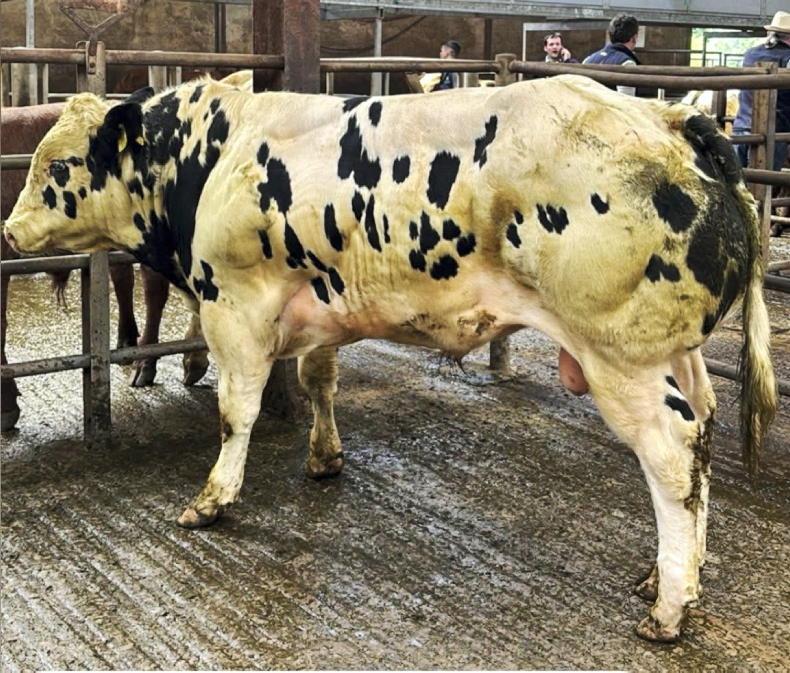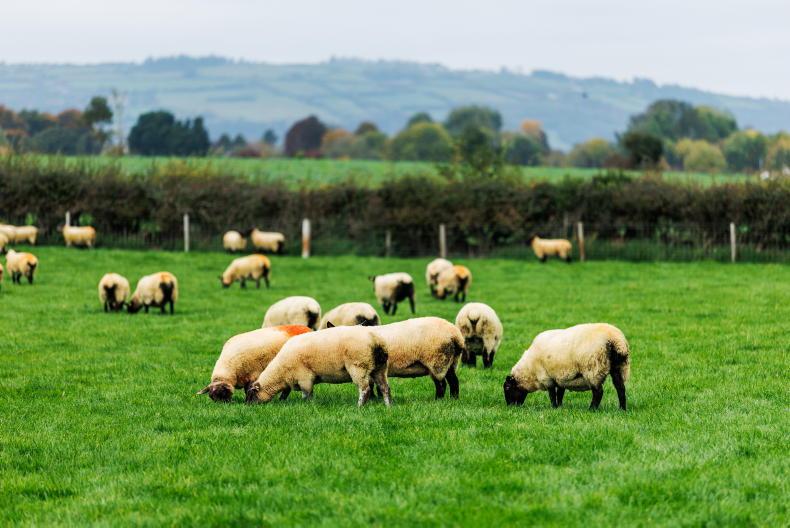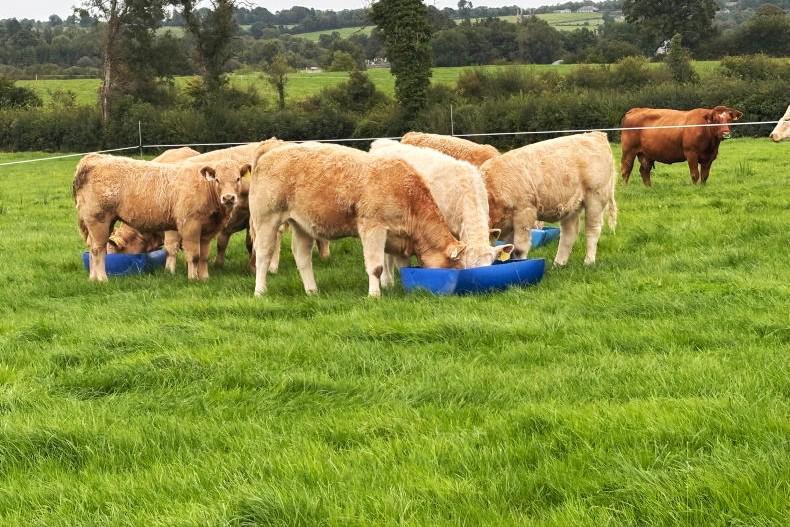DNA Calf registration
Currently, 6,670 suckler herds have signed up to the new DNA calf registration programme. This means that over 200,000 suckler-bred calves will be registered using the new process in 2024.
A newborn calf must be tagged with a double tissue tag, with the DNA samples sent to the genotyping lab in the return envelopes provided, and the BVD samples will need to be posted to the relevant BVD lab as normal.
ICBF are insisting that samples are sent regularly. They are advising dairy farms to submit samples on a twice-weekly basis where cards are needed for sale of calves.
Once a week will likely suffice on suckler farms where numbers are a lot smaller and the urgency isn’t as big to get the card back.
All the basic calf registration details like date of birth, gender, sex, sire details, dam details etc, still need to be completed as soon as possible after the birth on agfood.ie or on an approved farm software package.
Paper registration methods are not accepted for farmers participating in the programme. DNA lab results will be sent to the ICBF database, which in turn will confirm parentage and share the results with the participating farmer/Department of Agriculture.
The calf’s passport will then be issued to the farmer. Farmers should have calf passports back within 11 days of posting the DNA sample.
The address for posting the DNA samples to the lab is: ICBF Genotype Laboratory, PO Box 1104, Naas Mail Centre, Co. Kildare
Preparing for Calving
It’s only January, but spring calving is just around the corner on many suckler farms. On this week’s beef page we have a chat with Shaun Diver about preparations for calving on Tullamore Farm, which is expected to start next week.
Cleaning out calving pens, fixing calving cameras, extra ropes and a spare jack are just some of the things that could be seen to before calving starts. With straw in short supply, plan for how you will get through calving with less.
Slurry
There has been lots of slurry moving in the south and midlands where tanks are under pressure. Farmers in Zone C are reminded that the open season doesn’t commence until 1 Feb 2024. Slurry spreading rules dictate that for two weeks following the opening of the spreading period, slurry must be kept at least 10 metres away from rivers, streams, watercourses and drains.
This reverts to five metres once this time period has elapsed. It’s important to remember that slurry cannot be spread on fields that are frozen or snow covered, waterlogged, flooded or likely to flood, or heavy rain is forecast within 48 hours.
Teagasc advice to maximise the nutrient content of slurry by spreading using the following information:
Soil temperatures are at 6°C and rising;Soils are trafficable and are not saturated;Slurry is targeted to drier fields with a requirement for P and K and have a good pH balance;Application rates of slurry must match growth rates of the crop.
DNA Calf registration
Currently, 6,670 suckler herds have signed up to the new DNA calf registration programme. This means that over 200,000 suckler-bred calves will be registered using the new process in 2024.
A newborn calf must be tagged with a double tissue tag, with the DNA samples sent to the genotyping lab in the return envelopes provided, and the BVD samples will need to be posted to the relevant BVD lab as normal.
ICBF are insisting that samples are sent regularly. They are advising dairy farms to submit samples on a twice-weekly basis where cards are needed for sale of calves.
Once a week will likely suffice on suckler farms where numbers are a lot smaller and the urgency isn’t as big to get the card back.
All the basic calf registration details like date of birth, gender, sex, sire details, dam details etc, still need to be completed as soon as possible after the birth on agfood.ie or on an approved farm software package.
Paper registration methods are not accepted for farmers participating in the programme. DNA lab results will be sent to the ICBF database, which in turn will confirm parentage and share the results with the participating farmer/Department of Agriculture.
The calf’s passport will then be issued to the farmer. Farmers should have calf passports back within 11 days of posting the DNA sample.
The address for posting the DNA samples to the lab is: ICBF Genotype Laboratory, PO Box 1104, Naas Mail Centre, Co. Kildare
Preparing for Calving
It’s only January, but spring calving is just around the corner on many suckler farms. On this week’s beef page we have a chat with Shaun Diver about preparations for calving on Tullamore Farm, which is expected to start next week.
Cleaning out calving pens, fixing calving cameras, extra ropes and a spare jack are just some of the things that could be seen to before calving starts. With straw in short supply, plan for how you will get through calving with less.
Slurry
There has been lots of slurry moving in the south and midlands where tanks are under pressure. Farmers in Zone C are reminded that the open season doesn’t commence until 1 Feb 2024. Slurry spreading rules dictate that for two weeks following the opening of the spreading period, slurry must be kept at least 10 metres away from rivers, streams, watercourses and drains.
This reverts to five metres once this time period has elapsed. It’s important to remember that slurry cannot be spread on fields that are frozen or snow covered, waterlogged, flooded or likely to flood, or heavy rain is forecast within 48 hours.
Teagasc advice to maximise the nutrient content of slurry by spreading using the following information:
Soil temperatures are at 6°C and rising;Soils are trafficable and are not saturated;Slurry is targeted to drier fields with a requirement for P and K and have a good pH balance;Application rates of slurry must match growth rates of the crop. 









SHARING OPTIONS